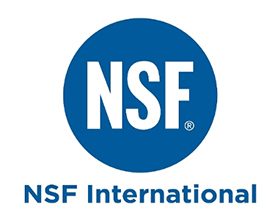NSF Continues Work on New Health Standard to Fight Legionnaires’ Disease

NSF International, a global public health and safety organization, is developing a building water health standard to help building owners and operators evaluate and minimize the risk of disease and injury associated with building water systems. The new standard, NSF 444, will address growing public concern about building water health, including recent findings on Legionnaires’ disease cases reported by the U.S. Centers for Disease Control and Prevention (CDC).
Based on a CDC analysis of data from 20 states and New York City, 76 percent of reported cases of Legionnaires’ disease were found to be associated with health care facilities. This is not the first time the CDC has warned about health risks associated with building water systems.
In June 2016, CDC Vital Signs stated that reported cases of Legionnaires’ disease had nearly quadrupled since 2004 with 5,000 diagnosed cases in 2014. In addition, the CDC published a toolkit for building owners and managers, “Developing a Water Management Program to Reduce Legionella Growth and Spread in Buildings: A Practical Guide to Implementing Industry Standards.”
Legionnaires’ disease is a lung infection contracted by inhaling small droplets of water that contain Legionella bacteria. According to the CDC report, one in four people who contract Legionnaires’ disease from a health care facility will die as a result.
In facilitating development of a building water health standard, NSF International will help establish the minimum requirements and expectations necessary to prevent disease and injury from physical, chemical and microbial hazards. The new standard applies to human-occupied commercial, institutional, multi-unit residential and industrial buildings as well as entertainment venues, such as concert halls and sports arenas. The new building water health standard is expected to be finalized and published in 2018.
Visit www.cdc.gov




